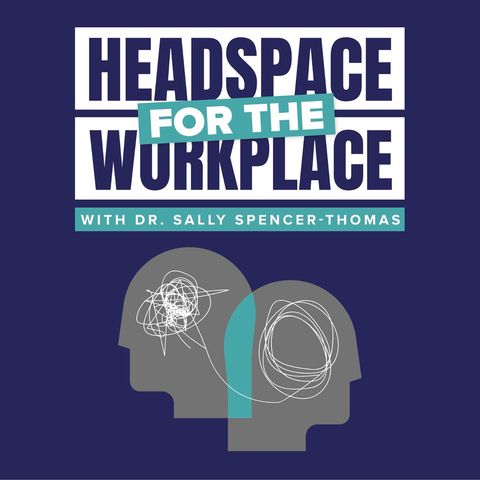In neuroscience we often say “what fires together, wires together.”Imagine your brain is like a big network of roads. These roads are made up of tiny parts called neurons. Neurons are like messengers that help your brain send and receive information. When you learn something new or experience something, like riding a bike or learning a new word, certain neurons in your brain become active.Now, here's where "what fires together, wires together" comes in. When those neurons become active at the same time, they start to form connections, like building bridges between the roads. This is your brain's way of saying, "Hey, we use these roads together a lot, so let's make them wider so travel is faster!"Over time, as you keep practicing or learning, these connections between neurons get stronger and stronger. It's like those roads becoming wider and smoother because they're used so often. This is how your brain adapts and learns new things. Pretty soon your wiring is like a four-lane highway and you no longer need to even think about the behavior, emotion or thought. Things are automatic.If you stop using those roads (or stop practicing what you learned), the connections can become weaker. Your brain says, "We don't need these big, strong roads anymore, so let's make them smaller."So, "what fires together, wires together" means that when certain neurons work together often, they become better at doing their job, and this is how you learn and remember things. Neuroplasticity is the amazing ability of your brain to change and adapt by forming and strengthening these connections between neurons. It's like your brain's way of getting better at things through practice and experience.In this episode, I speak with Sue Stock, an Executive Coach with expertise in neuro-transformation. She shares these two actionable takeaways:Tip #1 Metaphors challenge the mindTip #2 Cross the river and shift your thinking. For mor information go to https://www.sallyspencerthomas.com/headspace/23
mostra menos

